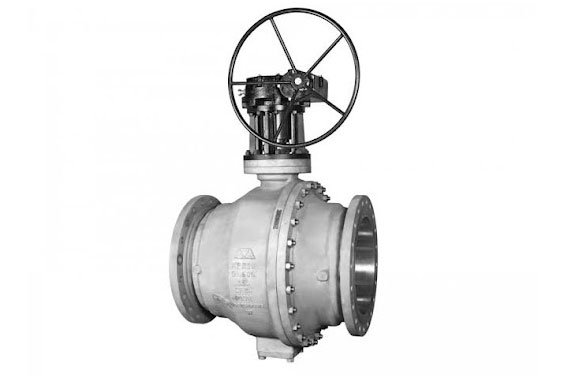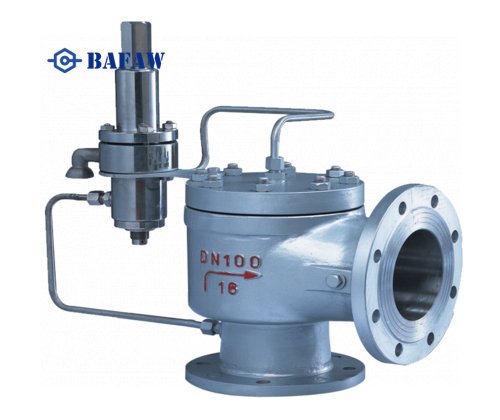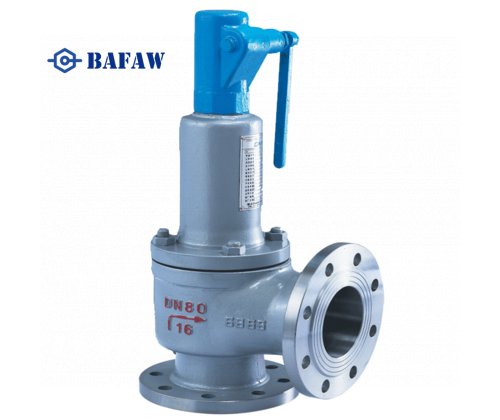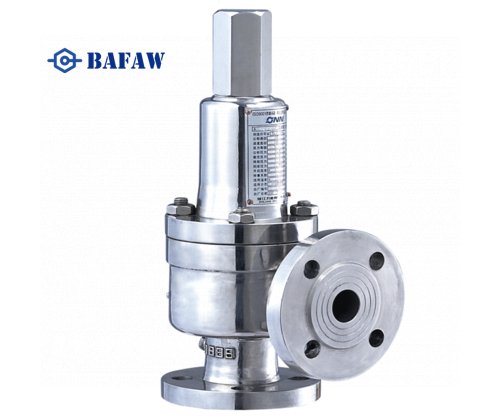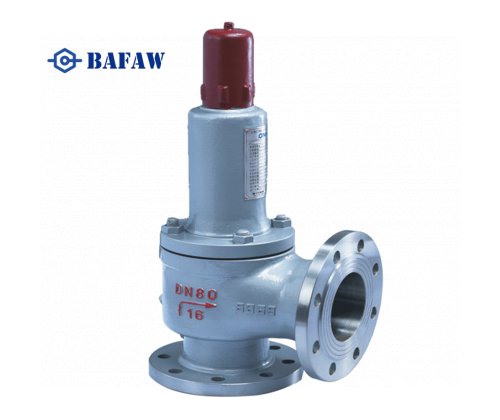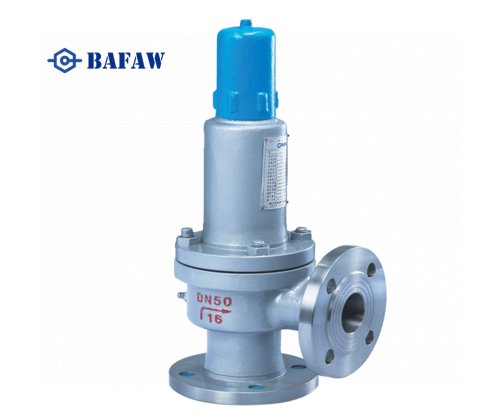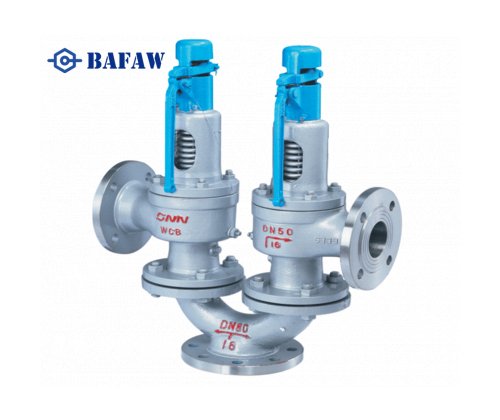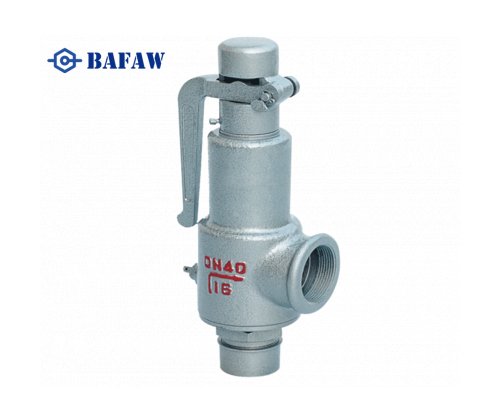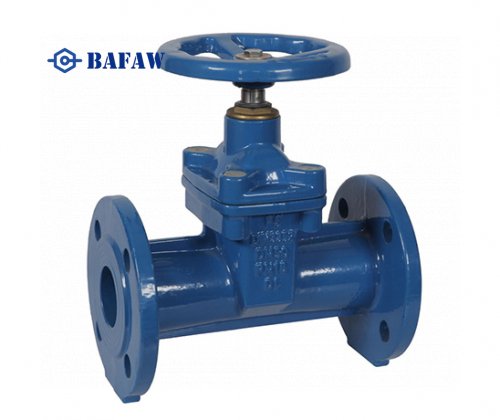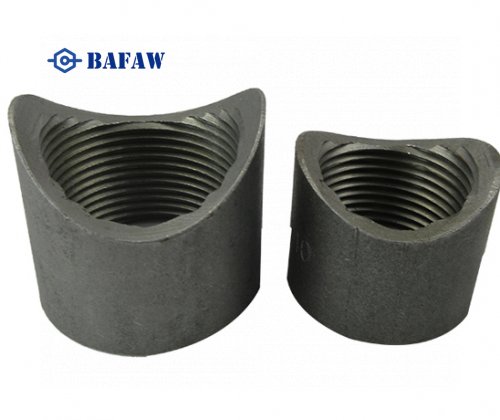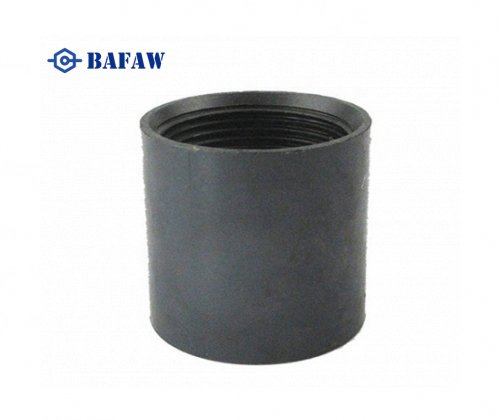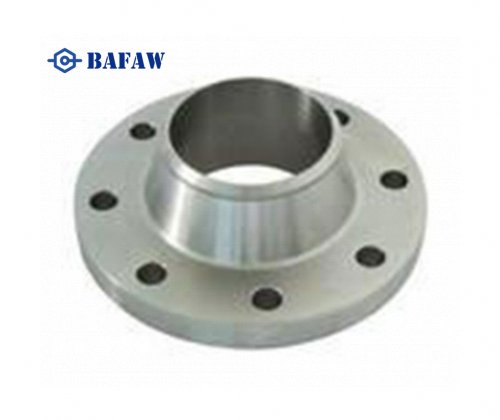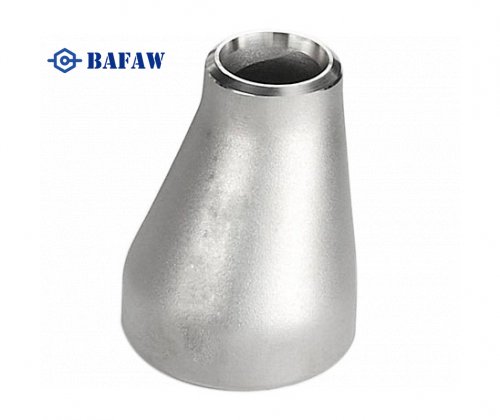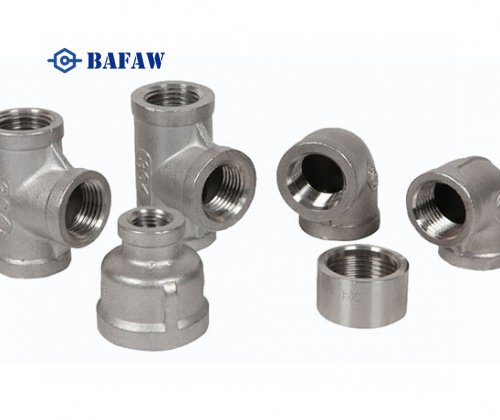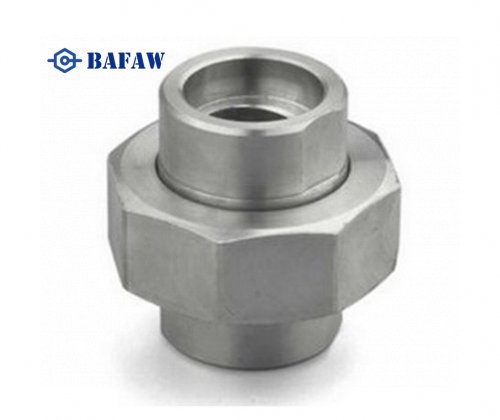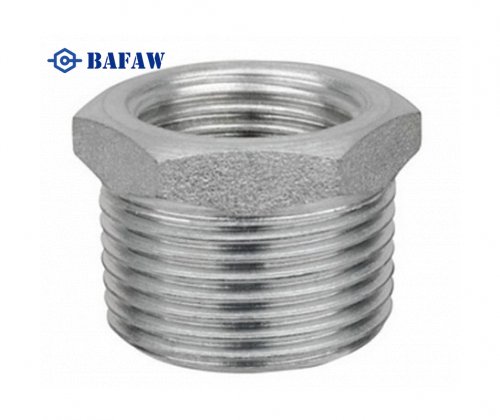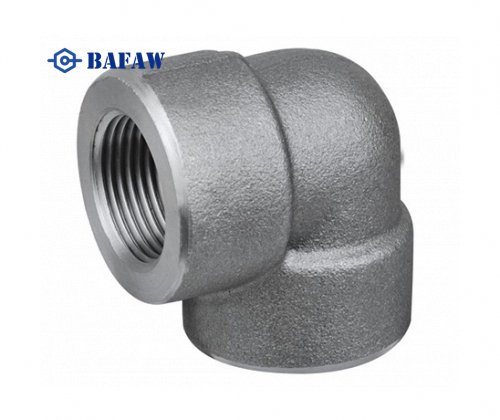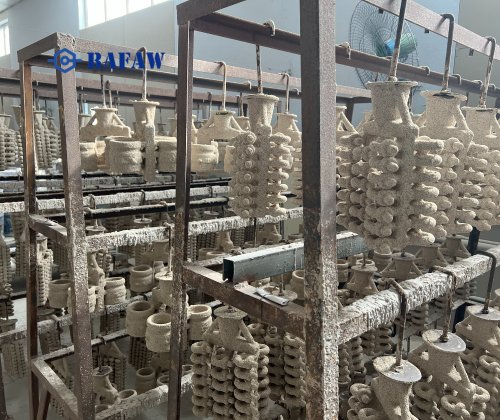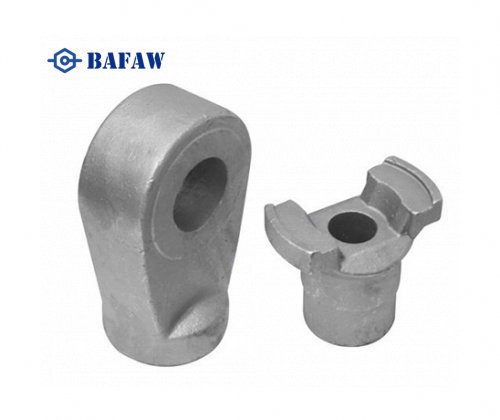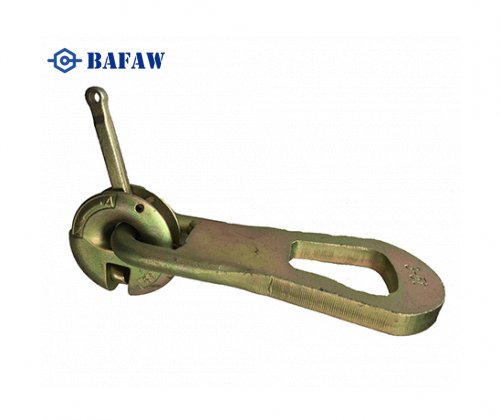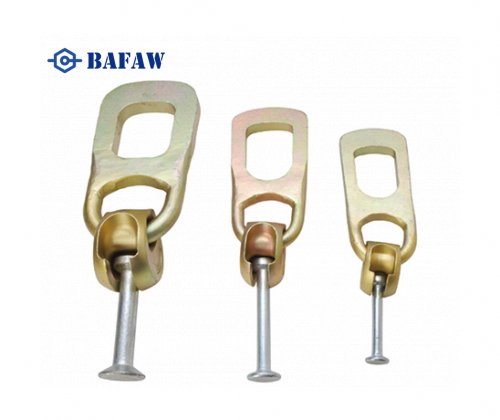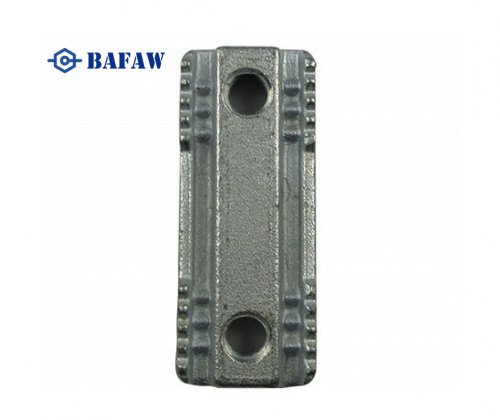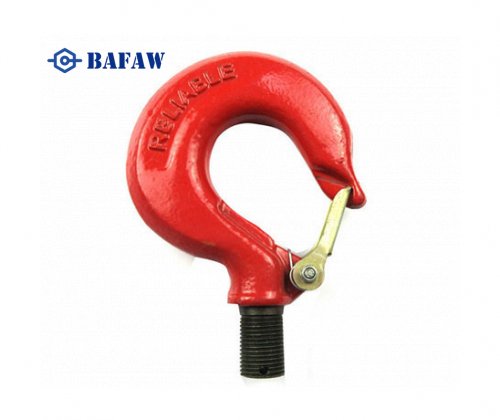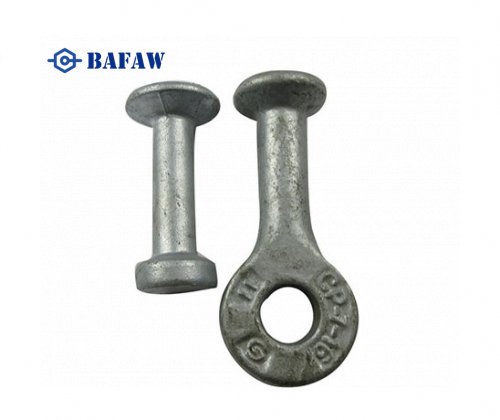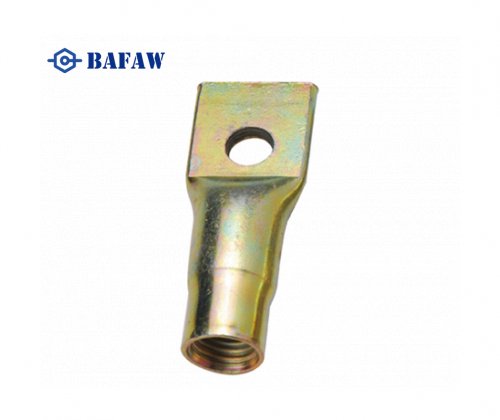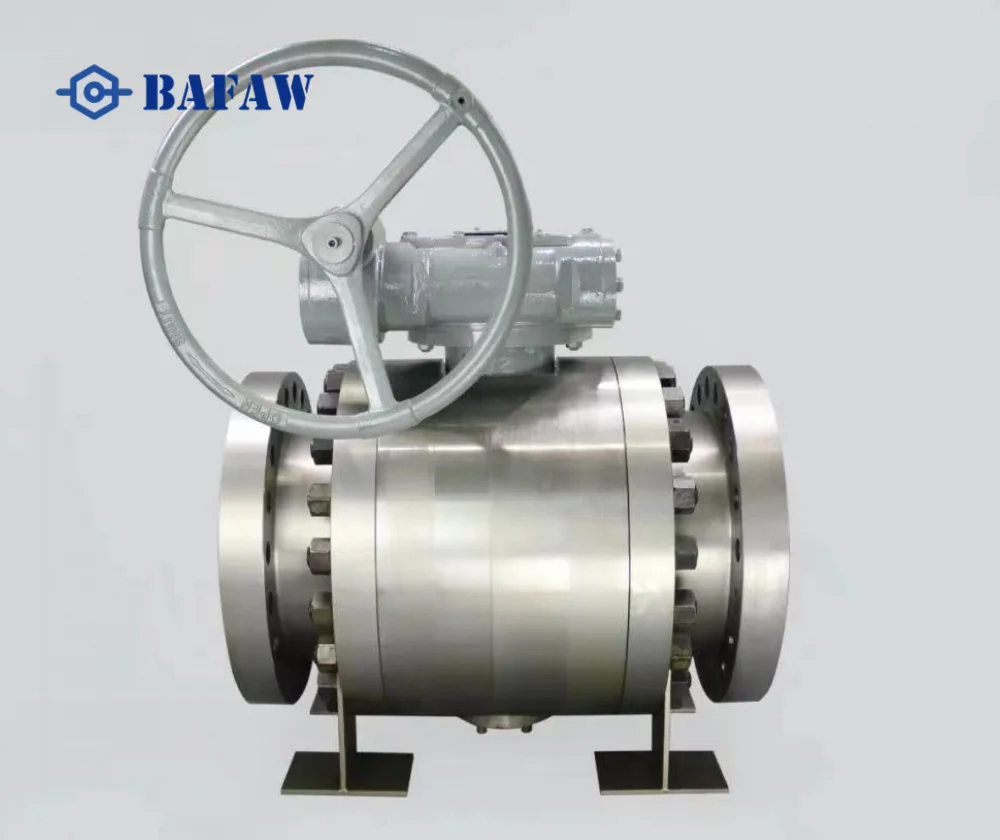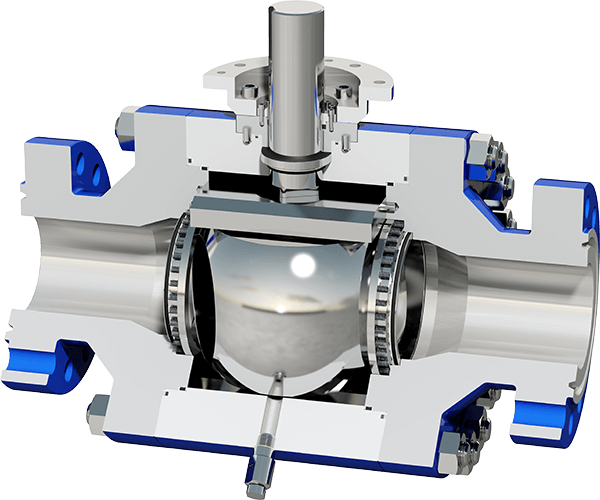Trunnion ball valves feature a heavy-duty construction and logical design. This robustness and ability to handle high pressures are what make them a superior option for high-intensity fluid control applications. These valves are typically ball valves, where the ball has a hole drilled through the center.
Trunnions, or end supports, keep the ball in position. The ball rotates 90 degrees to either open or close the valve, allowing fluid to pass through or stopping it. This one-touch movement provides fast shut-off and simple one-handed operation, making it ideal for use in oil, gas, and water systems.
This valve has two primary seals—one on either side of the ball. This design does a nice job of allowing fluid to be turned on in both directions. A bleed port between the seals allows trapped fluid or pressure to escape safely.

The Crucial Trunnion Mechanism
The trunnion mechanism is what prevents the ball from moving around and allows flow control by fixing the ball on its axis. This unique configuration forms an excellent seal and greatly reduces leakage.
Precision in these components is vital to maintain the integrity of the seal even under pressure fluctuations. This brings us to maintenance, where inspecting the trunnion and seals for wear is critical, as even the smallest imperfection could lead to performance degradation.
Understanding Spring-Loaded Seats
With spring-loaded seats pushing against the ball, sealing remains tight even as pressure fluctuates or drops completely. These spring-loaded seats allow the valve to seal under changing loads and extreme pressures.
They require frequent cleaning and inspection to function properly. In high-pressure, high-stakes lines like interstate gas transmission, spring-loaded seats do an excellent job of preventing leaks.
Independent Stem and Ball Movement
The independent stem and ball movement feature allows the valve to be turned with greater ease while still providing tight shut-off. This arrangement reduces the amount of torque required to actuate the valve.
It further improves fine flow control and reduces friction-related wear by minimizing friction.
Body Construction Types
Trunnion ball valves are manufactured as welded, split body, and top entry variants. Welded bodies do an excellent job sealing out leaks but are much more difficult to repair.
Split bodies, with two or three connected sections, are simpler to disassemble and repair. Top entry valves provide easy access to the ball and seats from the top side.
Selecting the best body construction type ensures a better fit for the work, maintenance will be more manageable, and service life is likely to be extended.
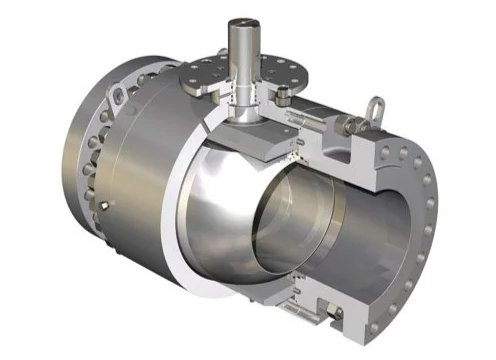
Why Choose a Trunnion Valve?
Trunnion mounted ball valves handle the harshest applications with ease, making them ideal for high pressure applications. They perform well under higher pressure, handle high temperatures, and are built to survive demanding safety codes and standards. Their robust ball valve design is meant to withstand long-term wear, which is why they're a preferred option across multiple industries for control and shut-off.
Excelling in High-Pressure Service
Trunnion valves are built to last. The anchored ball design allows the valve to withstand higher pressures with reduced seat wear. This creates a perfect sushi roll, or application, in oil and gas, mining, and power plants, where high-pressure lines are abundant.
The double block and bleed configuration provides two positive shut-off seals, offering an additional level of safety and reducing leakage. Consider, for instance, long-distance pipelines, where trunnion valves maintain safe, consistent flow despite rapid pressure fluctuations.
Safety standards in these industries, such as API 6D and ISO 14313, require rigorous specifications that trunnion valves easily satisfy.
Lower Torque Means Smaller Actuators
With the ball anchored in place, rotation of the valve requires significantly less force. Lower torque means smaller actuators. That means you need to use smaller actuators, saving on both upfront and running costs.
Smaller actuators are easier to fit in tight spots and their smaller size often simplifies planned maintenance. This configuration further increases system efficiency since less energy is required to actuate the valve open and closed.
Increased Reliability and Lifespan
Since the pressure does not force the ball into the seat, wear and tear is reduced significantly, causing trunnion valves to have an increased lifespan. High-quality materials—such as stainless steel—contribute to their durability.
Industries as diverse as water treatment and petrochemicals rely on trunnion valves to get the critical, costly work done where every minute of downtime is expensive.
Improved Sealing Capabilities
Double sealing and split body designs reduce leakage risks and help with maintenance. Proper installation is obviously very important, but once installed correctly, these valves provide a positive seal for years.
That protects people and our environment from hazardous leaks.
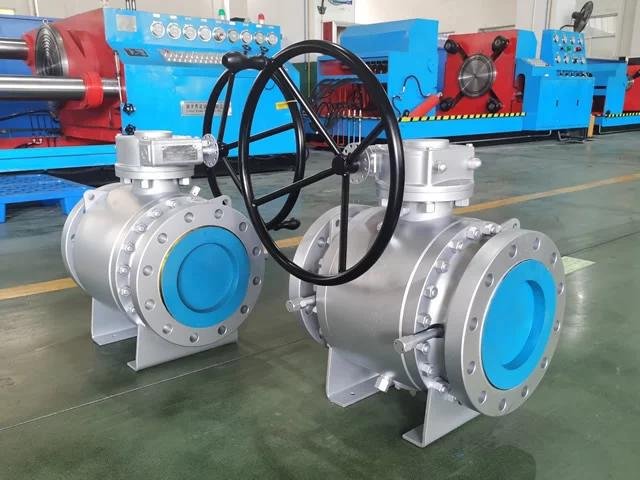
Trunnion Valves in US Industries
Here in the United States, trunnion mounted ball valves are creating a significant impact. They dominate the market in industries where precise flow control is essential in rugged environments. Their ball valve design features are particularly suited for demanding, high-pressure applications and high-temperature situations. You'll find them operating in critical sectors such as oil and gas, chemical processing, municipal water treatment, and power generation, where reliable performance is crucial.
You’ll find them working in critical industries such as oil and gas, chemical processing, municipal water treatment and power generation. They comply with the most rigorous US and international standards, including API 6D and ASME Section III “N.” This is what makes them reliable when it comes to safety and quality!
Their robust construction allows them to withstand challenging conditions, making them ideal for heavy-duty applications. In fact, their ability to maintain integrity under pressure and their exceptional design features make them invaluable in sectors that require reliability and efficiency in flow control. Trunnion valves are perfect for meeting the demands of these critical industries!
Oil and Gas Pipeline Needs
Oil and gas pipelines rely on trunnion valves to manage heavy, consistent flows, mitigate leakage, and protect pipeline integrity. Their design incorporates a fixed ball with trunnions on either end. This arrangement distributes pressure and reduces wear.
This arrangement allows the seat to exert even pressure against the ball, resulting in a positive shutoff. These valves are compatible with Double Block and Bleed (DBB) systems, allowing maintenance crews to safely isolate sections of the pipeline for repairs or replacements.
One example is long-haul crude lines in Texas, where trunnion valves prevent leaks and facilitate safe work on sections.
Chemical Processing Safety Demands
Plants that work with hazardous materials require valves that will effectively prevent leakage, even when dealing with complex or corrosive liquids. Trunnion valves really do excel in this space! Their seats seal effectively, and they can be constructed from abrasion resistant materials or metal alloys that resist corrosive breakdown.
They reduce the chance of leakage, thereby assisting in compliance with OSHA and API 607 fire safety standards. At large chemical production facilities along the Gulf Coast, trunnion valves are preferred when transporting acids or solvents to protect a facility.
Critical Water Treatment Roles
Municipal water treatment plants utilize large trunnion valves to control large flows and isolate sections for maintenance. Their design makes them last a long time despite grit or sludge in the water.
In places like California’s big treatment plants, trunnion valves help keep water clean and safe by lasting longer and sealing tight in tough spots.
Power Generation Applications
In power generation applications, valves are often asked to withstand intense steam and hot fluid degradation. Trunnion valves in these environments withstand extreme temperatures and maintain a consistent seal, even as the pressure fluctuates rapidly.
Their strength and simple maintenance lead to fewer costly shutdowns. Nuclear and gas plants often specify them on main steam and feedwater lines where safety is paramount.
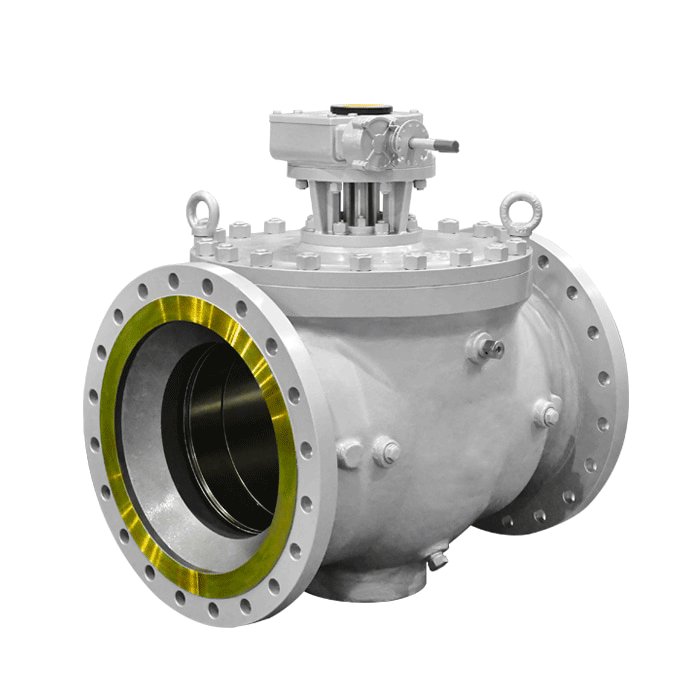
Understanding DBB Trunnion Valves
Double Block and Bleed (DBB) trunnion valves have a significant role in high-stakes industries such as oil and gas. In these environments, safety and shut-off performance aren’t up for discussion.
These valves employ a trunnion-mounted design—meaning the ball within is secured by two shafts, or trunnions, for added rigidity. This unique design increases the pressure capacity of the valve. It further minimizes wear, even more important for reliable service in the field.
What is Double Block and Bleed?
Double block and bleed explains the function as having two shut-off points with an additional bleed (or drain) valve, all-in-one. With one seal on either side, the valve is able to block flow from either side while allowing any trapped pressure to escape via the bleed.
This key feature helps provide a safer maintenance environment. There’s a built-in way for you to easily ensure there’s no pressure left in the line. A DBB valve with single piston effect (SPE) seats seals only when the upstream pressure is higher.
Double piston effect (DPE) seats seal in both directions, hence being more fail-safe. DBB valves are imperative in oil and gas lines, pipelines, and chemical plants. They make sure that no juices escape when your valve is off!
Enhancing Safety with DBB
DBB trunnion valves protect personnel and facilities. They prevent leaks while repairs are being made and reduce the likelihood of spills.
They are designed to rigorous safety standards such as API 6D and ISO 14313. In an oil refinery, a double block and bleed valve can quickly isolate a segment of piping.
This enables workers to perform necessary repairs while avoiding the need to shut down the whole line. Field studies indicate that DBB valves reduce risk of accidents and product loss in dangerous environments.
Applications Requiring DBB Valves
DBB trunnion valves are widely used in oil & gas, petrochemical, LNG terminals and power generation applications. These industries require valves that can withstand corrosive fluids, extreme high pressures, and critical shut-off capabilities.
DBB valves seal bi-directionally, allowing you to drain any accumulated fluids before disassembly, helping ensure further operations meet the necessary standards. The return on investment is reduced downtime, more secure workplaces, and compliance with regulations.
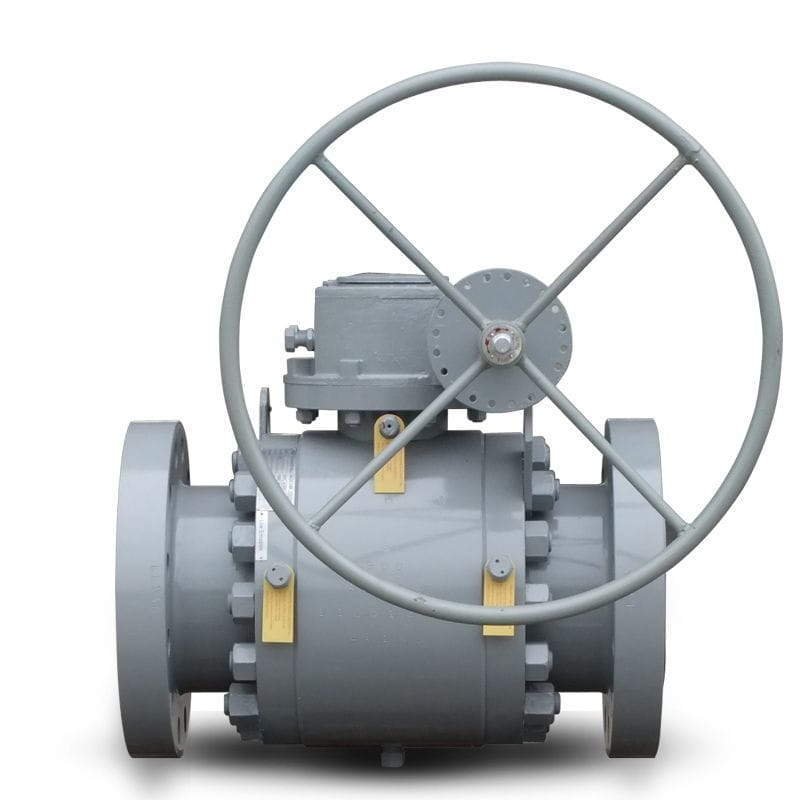
Installation and Upkeep Insights
Trunnion mounted ball valves are special in pipeline valve technology. They are strong and can handle high pressure. Proper installation and consistent maintenance are critical in ensuring the best performance and longest service life, minimizing wear and tear and avoiding expensive repairs in pressure situations.
Best Practices for Installation
Follow manufacturer and API 6D standards for setup.
Use proper lifting gear to avoid damage.
Ensure all seals and gaskets are new and undamaged.
Check alignment of pipe and valve.
Test for leaks after setup.
Document each step for future reference.
Some of the specialty tools required are torque wrenches, alignment guides, and pipe supports. Alignment is key; if pipes or valves are misaligned, seals can deteriorate quickly. Support under the valve provides a cushioning effect, preventing stress fractures and leaks from damaging the body.
Well-trained personnel reduce errors such as over-tightening bolts or failing to perform critical inspections.
Routine Maintenance Checks
Key checks include looking for leaks and corrosion on the body and trim. You should also check the actuator and controls. Finally, inspect the spring-loaded seats for wear. Maintenance should be performed according to line usage—monthly for high-pressure or high-temperature lines, longer periods for milder use.
Preventative maintenance checks catch issues before they stop or reverse flow, saving time and money. Having a written log allows for tracking trends and preparation for upcoming work.
Common Issues and Solutions
Leaking seals—replace worn gaskets.
Sticky movement—lubricate moving parts.
Seat wear—inspect and swap if needed.
Control faults—reset or repair actuator.
Symptoms such as dripping, slow movement, or loss of control should be addressed immediately. Being proactive with routine inspections reduces the chance of catastrophic failures.
Understanding valve function allows personnel to identify and resolve the majority of problems quickly.
Extending Valve Service Life
Maintain strict maintenance schedules and daily inspections. Utilize valves manufactured with durable materials to extend service life. Maintain pressure and temperature within specified limits to prevent injury/damage.
Clean and lube regularly. Replace seats or seals as soon as signs of trouble appear.
